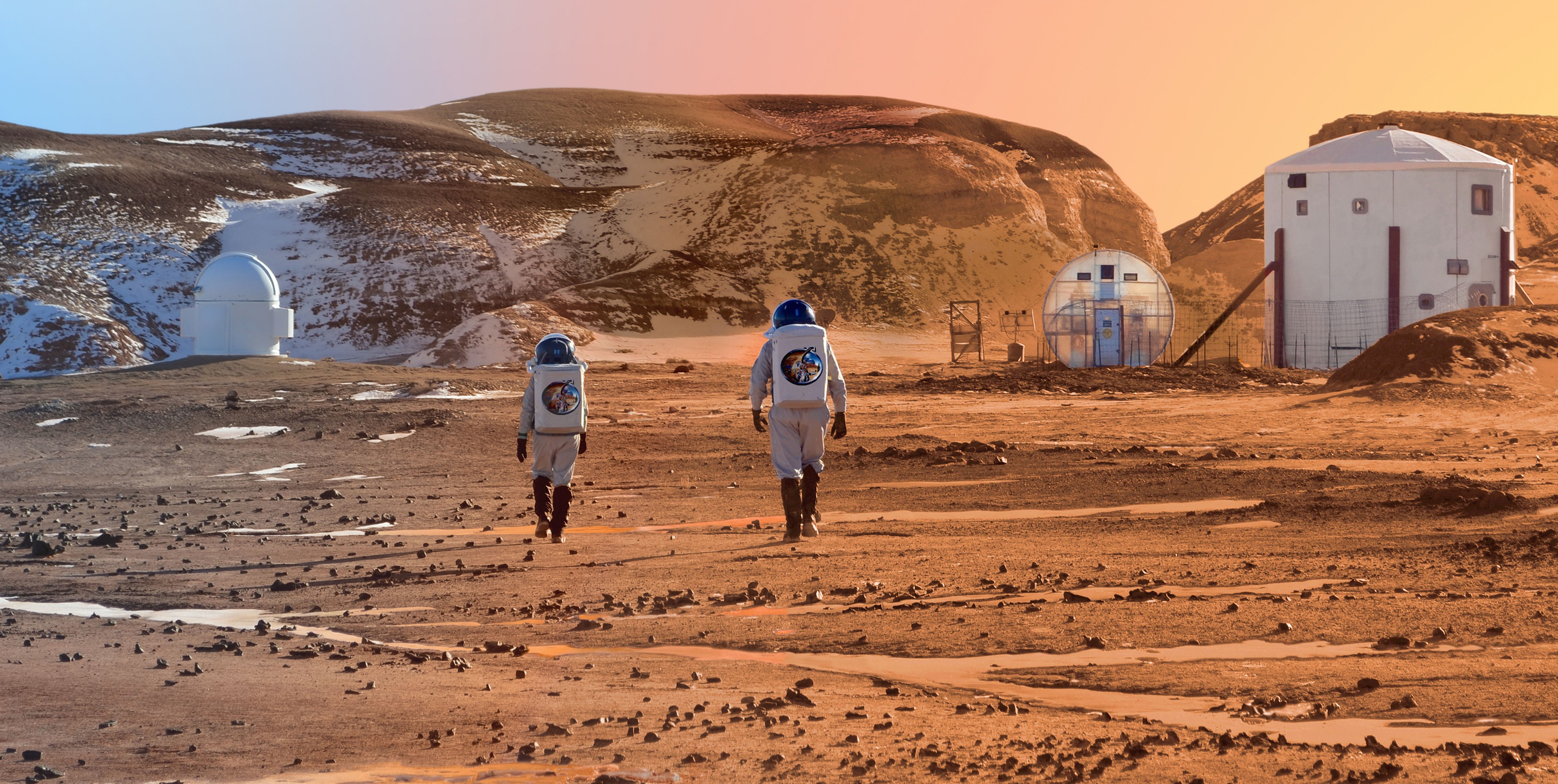When someone asks us to think of threats to the environment; automatically we think about emissions from burning fossil fuels that are exasperating the effects of global warming. However statistically, the demand for food and food production is one of the most harmful human activities on the environment.
In fact agriculture is one of the biggest emitters of greenhouse gases; methane produced from cattle, nitrous oxide from fertilised soil and carbon dioxide from deforestation to allow for crops and cattle farm are all culprits.
As the World’s population is predicted to increase by 35 percent in the next 25 years; that’s two billion more people to feed by 2050. Crop production will need to double in order to feed the entire population. As developing worlds prosper, there will be an increase in demand for more protein based food, thus upping the demand to also feed more cattle, pigs and chickens.
The environmental challenges posed by such growth is huge, and will only become more pressing as time goes on. The question: How to feed a growing population while minimising harm to the environment through food production?
In a fast developing age of science and technology, perhaps the answer is hiding in plain sight. As Ian Blatchford, Director of the Science Museum noted, “Science holds the key to meeting the global challenge of feeding a growing population in a sustainable way.”
One area of intense interest and growing research is printing food. This might sound like science fiction, but 3D Systems ‘ChefJet™Pro’ is one of the first food safe printers that has the ability to print chocolate and other sugar based foods.
Machines like these are currently used to produce foods that would be difficult to make using traditional methods. The idea behind them is to layer sugar and water solutions to build up the desired food.
In the future, 3D printers could remove additives from food and make food production less wasteful by using protein alternatives. The 3D printer could one day be just as common as the microwave oven in our kitchens, ready to create any meal that is desired with minimal waste and reduced environmental impact – something that is already being tested by NASA.
A more grounded view of the solution to the mounting concerns over environmental impacts of meat production has prompted food producers to turn to cricket meal. In this process crickets are milled into flour which is then used to create protein packed food alternatives.
Insects are packed full of protein and other nutrients such as iron and zinc. A single pound (454 grams) of cricket ‘flour’ contains 317 grams of protein.
The key to sustainable and effective food production is taking something that is low in the food chain but contains high levels of protein to create a substitute to that of meat.
Insect farms do not require much space, emissions of greenhouse gases are low, and feed conversion rates are high, almost 12 times that of cattle – a desirable alternative to meat.
Ideas of ‘real food’ are a hot topic in modern society, indicating a nutrition minded lifestyle conscious of sustainability. More and more individuals are opening their diet up to new and exciting ways to eat.
So whatever the alternative chosen from 3D printers to insect farming; a solution to population growth and food is becoming ever more pressing. Alternative production methods will soon need to be adopted to secure the future of food.


